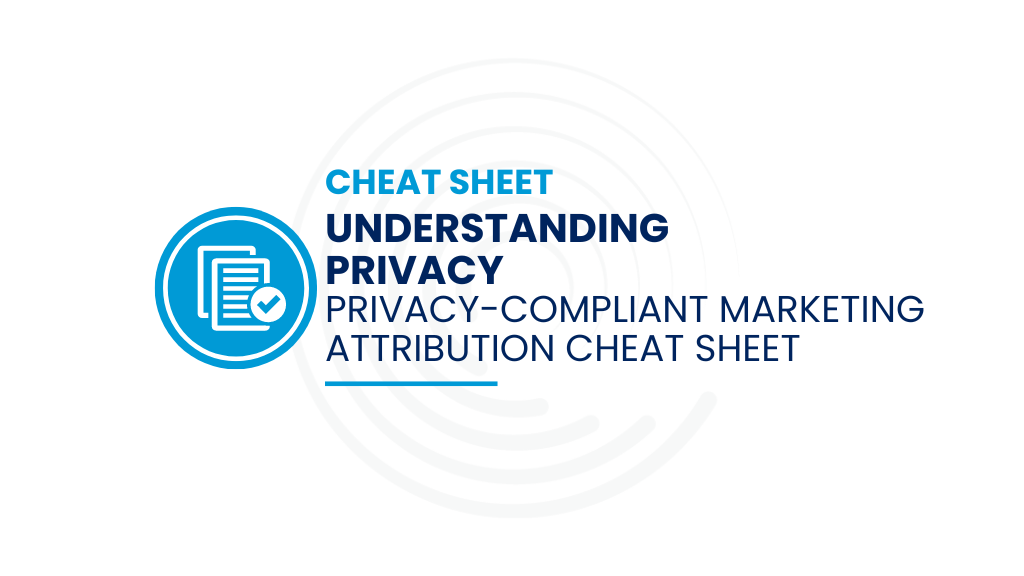When psychologists survey Americans about their driving skills, most people rate themselves above average. Mathematically, most people can’t be above average. Still, “illusory superiority” is a consistent phenomenon in psychological studies. Whether you ask people about driving, health, IQ, memory, or popularity, they tend to overrate themselves.
That brings me to the world of marketing technology, where every solution is mission-critical, essential, cutting-edge, groundbreaking, disruptive, unprecedented, data-driven, easy-to-use, best-in-class, and revolutionary.
How can that be? Just as people overestimate their driving, perhaps marketers overestimate their products. Only half of the 5,381 martech solutions in Scott Brinker’s last annual count can be “above average” (By who’s definition? We’ll get there).
I know, marketers brag about their products – what a discovery! Illusory superiority is so obvious in martech that it hides something more problematic. Consider that:
- Martech solutions can be extremely expensive.
- Marketing leaders have limited budgets.
- Bad platforms can wreak havoc like a teenager driver Snapchatting on the freeway.
- Martech snafus kill companies, cost jobs, hurt families, and cause other damage.
At martech expos this spring, illusory superiority was on display. How do we deal with it as buyers?
Full Circle Insights sells martech to B2B companies, but we also buy it, which means we experience both ends of this deal. We’re biased, but we’re in your shoes too.
Our goal is not to spot the 2,600+ solutions that are below-average but rather find the few that are exceptional – for our company. To do that, we can use a classic thought experiment: what three solutions would you bring to the desert island, where oh so many people have brought one meal, one song, or one movie for perpetuity?
The desert island, cliché as it may be, is instructive for martech because it shifts a conversation from what marketers say you should want to what you truly need. To narrow down from 5,300+ solutions to three, let’s ask a few questions:
-
Who are my customers, and how do I reach them?
If we reduce marketing relationships to their most basic, ancient form, they go something like this at the village bazaar:
- Potter: Jugs for sale!
- Village Person (VP): Why do I need a jug?
- Potter: To store your fresh water!
- VP: Neat idea. I’ll take one now and two later if the first one works.
Who, what, where, when, why, and how are defined in this exchange. Who and how are far more complicated today, which is why things like CRM, email platforms, social media, etc. exist.
When you scan the martech landscape, an extraordinary number of platforms deal with who you reach and how. The question is, which one can’t you live without? (For my team, it’s CRM.)
-
How do I sell more stuff, and did my efforts make a difference?
That question summarizes the purpose of business analytics. We collect information on our marketing campaigns, sales processes, users, and so forth because, ultimately, we’re trying to sell more stuff to more people.
The Potter at the bazaar could install a sign above his stall, shout catchy slogans, or pay for a dancing bear to perform on the street in front his wares. Maybe if VPs flock to see the bear, he’ll sell more jugs.
Attribution is still tricky in that case! Today, we spend money on digital dancing bears, sell more goods, then credit the ads with any windfall, yet we struggle to prove cause and effect. The operating variable might be something we’d never consider – like a flu virus that led the VP’s meetings to be canceled and gave her time to research our platform.
If a technology can tether our biggest decisions to data, it deserves a place on the island. Cause and effect are too important to leave to chance.
-
What do we use to be a team?
This is the ‘wild card’ platform, the desert island pick that could vary significantly. For some marketers, perhaps it’s Slack, Asana, Workfront, or another system that facilitates collaboration and project management. For others, maybe it’s Dropbox, Box, Google Drive, or a digital asset management system that fuels content. Still others might pick a marketing automation system like HubSpot or Marketo.
The answers aren’t uniform because neither is the modern work environment. If the Potter hired one sales and one marketing associate, they would communicate face-to-face. Whether those exchanges were productive and fruitful or bitter and pointless would have little do with the medium and more to do with the two people, their data, and their beliefs.
Think carefully about which systems help you be a team, and which are tangential to your teamwork. Things got done before the days of instant messaging.
Above Average to You
Martech marketers are wed to the systems they sell. Their illusory superiority isn’t necessarily malicious or deceitful – it’s about doing the best they can with what they have. It’s about finding some faith within business cultures that ask us to question, challenge, and tear down everything around us. Is it so bad to feel proud of your product – or driving?
For buyers, illusory superiority is a good thing. When you shop martech this spring, you already know what the vendors think about their system. If you go in with good questions and ideas about what is above average to you, the vendors’ blind faith is harmless.




